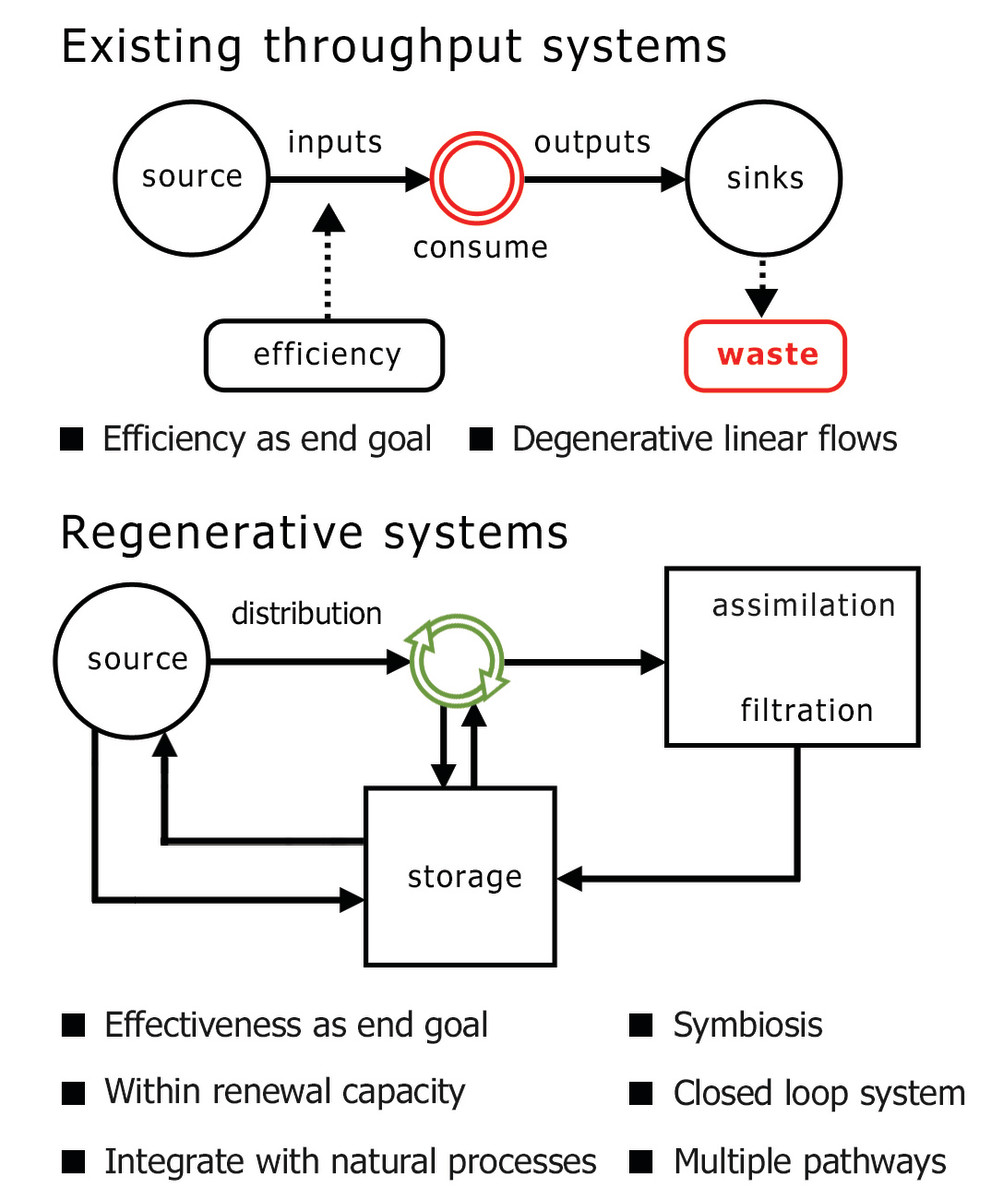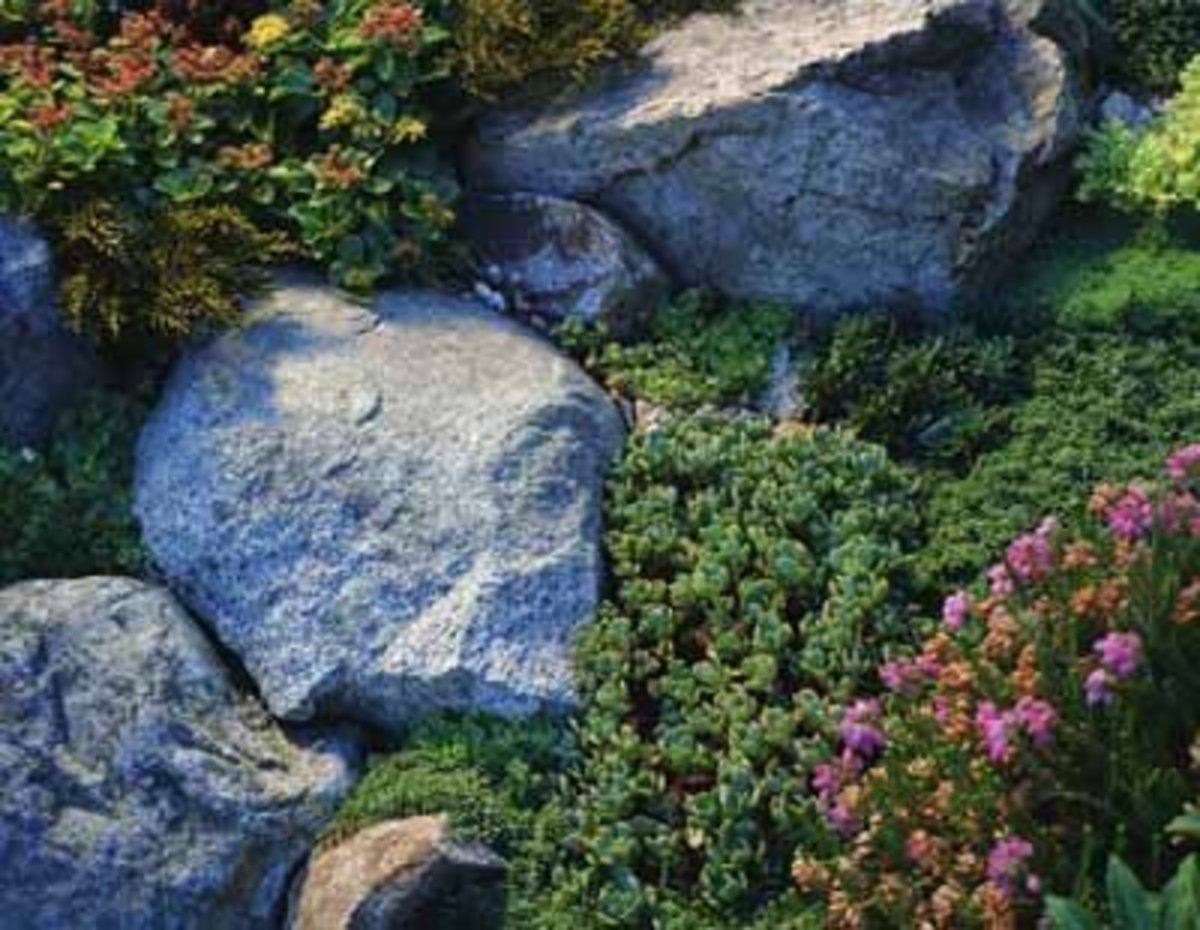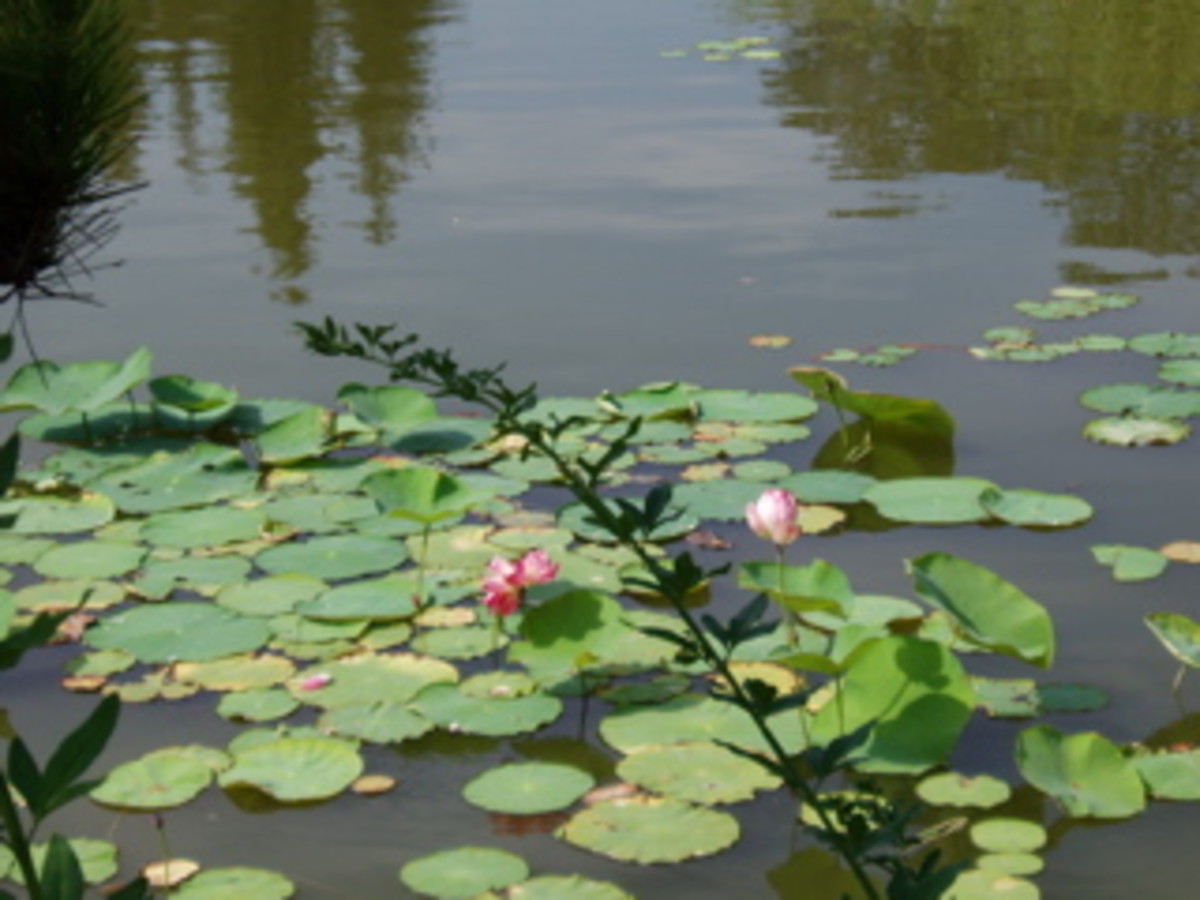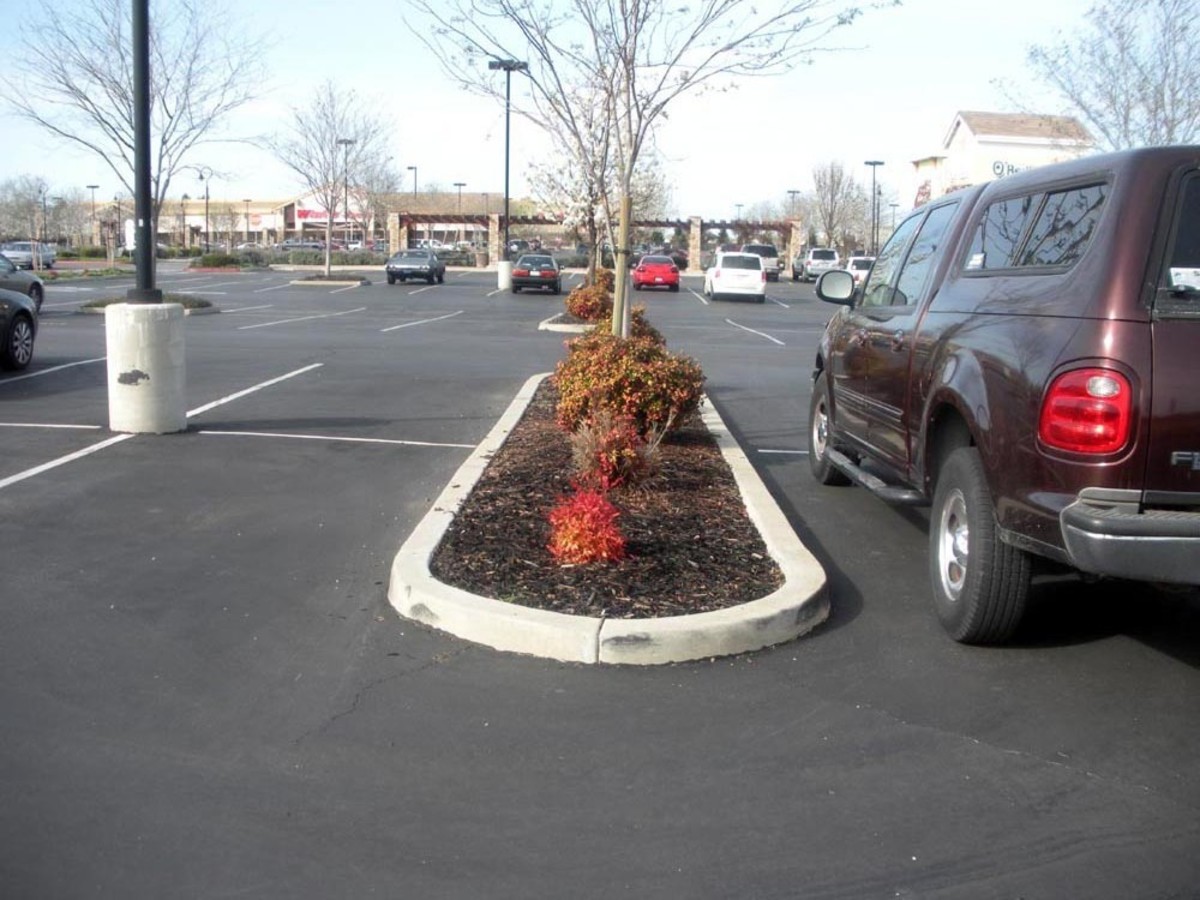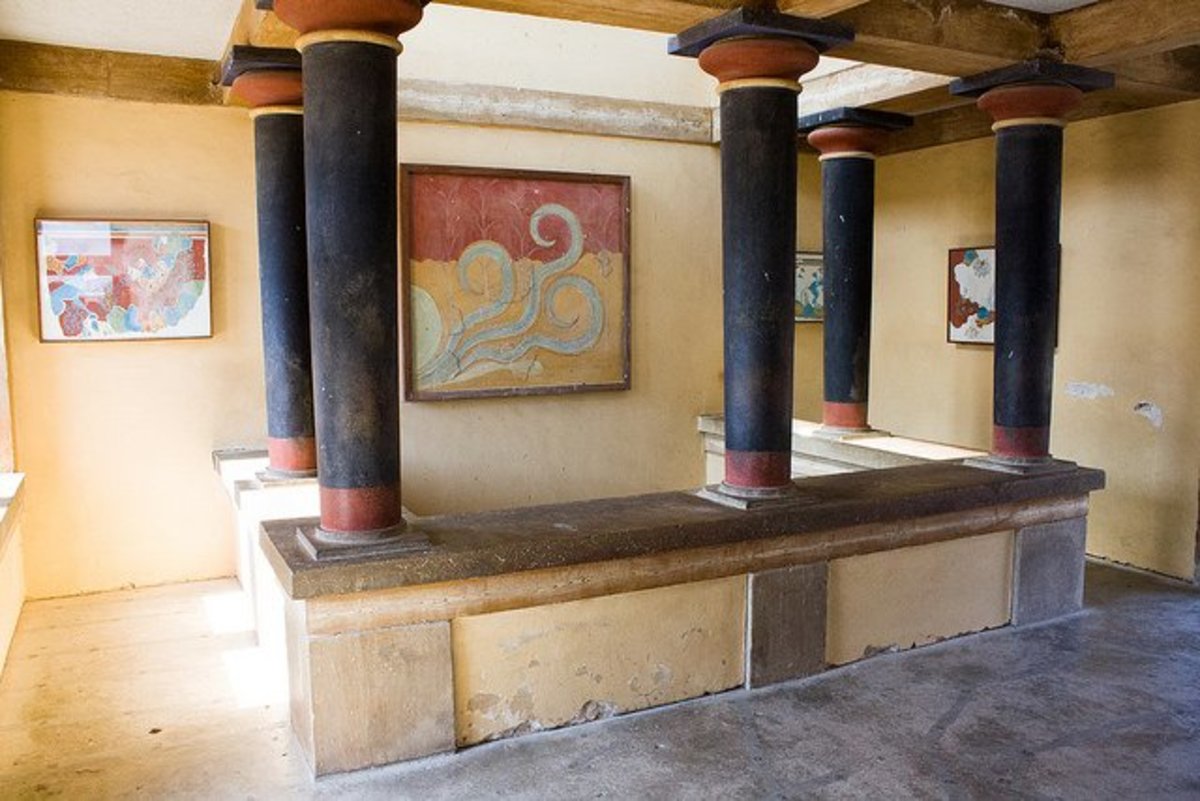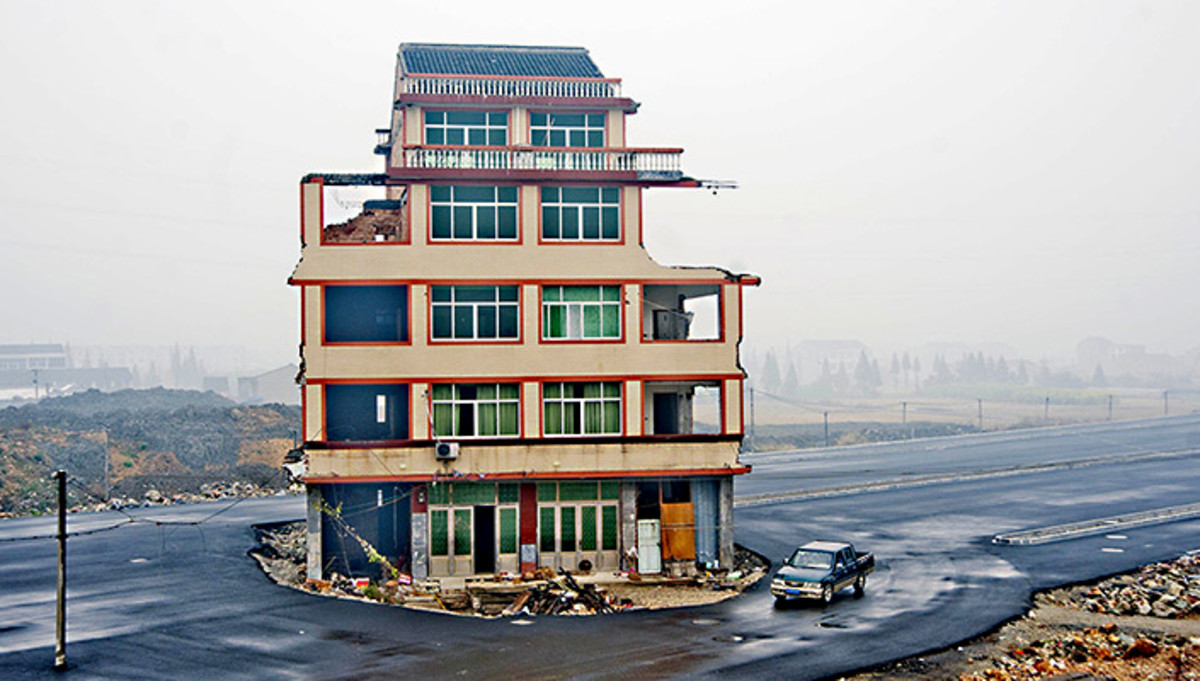The Role of Landscaping in Design and Sustainability
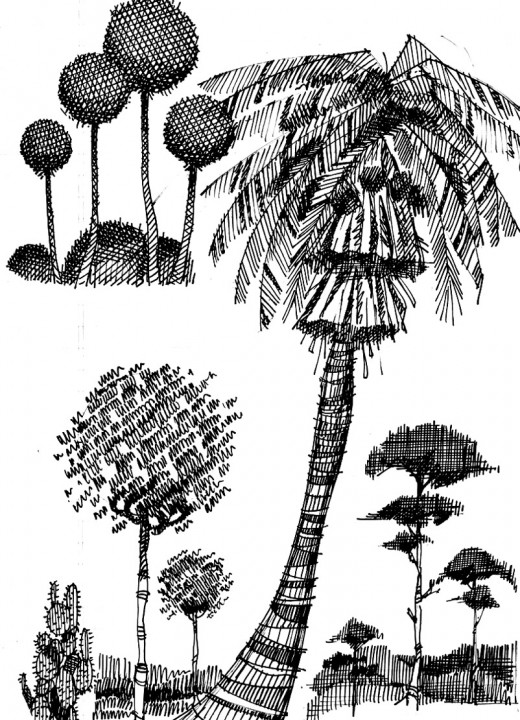
Windswept palms bordering pale sand beaches of Key West. Stately saguaro cacti standing sentinel throughout southwestern deserts. Ponderosa pine marching upwards above the bright blue of Lake Tahoe. Spanish moss cocooning a marshy lane of Louisiana. Single-file cypress delineating a Tuscan townscape. Landscaping can evoke a tremendous range of disparate distant — and equally breathtaking — scenes.
Landscaping can also evoke times and places of our past. The searing sugar maples of our childhood autumns. The deep green box hedges that separated neighbor from neighbor. The grand shadowing sycamore that first held our rope-and-tire swing.
When carefully choreographed, landscaping can enhance the elegance of a resort hotel, or brighten the solemnity of a sacristy. It can counterpoint the sculpture of a museum’s garden, or corral the visitors to an amusement park or zoo. It can convert an otherwise mundane residence to a personal Eden.
By way of its size, spacing, density, and form, landscaping can create outdoor spaces and pathways, channeling movement and function and views. By way of its texture and color, it can become part of the aesthetic presentation of interior design, architecture, urban design, streetscape and lifestyle. By way of its species and interrelationships, it can engender and enhance habitats for other flora, fauna and humans. It can buffer and deaden noise, cleanse the air, harvest and retain moisture, temper the environment, and provide both scent and sound.
Effective landscape design adds immeasurably to our satisfaction with and enjoyment of the world around us.
Appropriate orchestration of landscaping can also greatly aid sustainability. We can employ green roofs and green walls to better temper our buildings and cities using less energy and technology. We can incorporate xeriscaping — the use of locally indigenous plant materials less likely to require intensive and expensive irrigation, fertilization, or other maintenance — to minimize our carbon footprint while maximizing our natural habitat. We can install rain gardens to naturally process rainfall, meltwater, surface runoff and other drainage waters, thereby keeping them out of any municipal processing system. We can capture rainwater for landscaping irrigation, and for other incidental uses, in the process reducing our demand on local water resources.
- Sustainability 60: Xeriscaping
Across the nation, more and more architects, landscape architects, developers and builders are foregoing mere landscaping for xeriscaping (and its corollary, xerogardening). ... - Sustainability 62: Rain Gardens
One way in which each of us can make a relatively simple, yet potentially profound, contribution to a more sustainable world is through the creation of rain gardens. A rain garden... - Sustainability 67: Green Walls
An increasingly popular variation of the more well-known green roof concept is that of the green wall. In a green wall, vegetation is encouraged to grow on a vertical surface, rather than... - Sustainability: Green Roofs
Green roofs roofs that consist in part of plant material are called green, meaning environmentally friendly, for a variety of very important reasons. First, green roofs can capture rain- and snowfall,...

